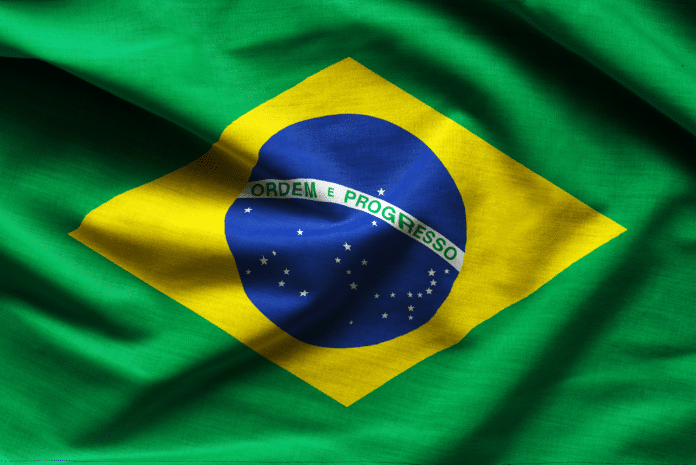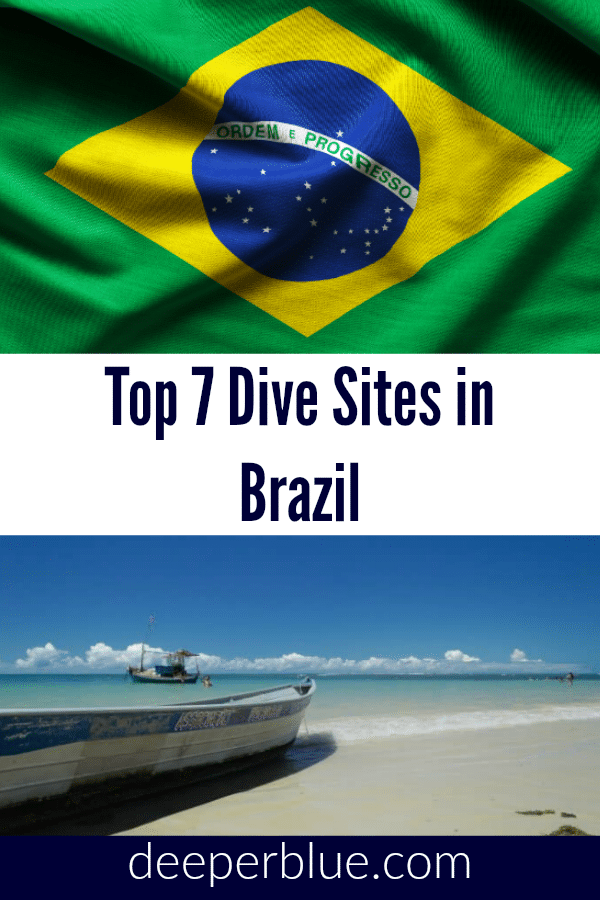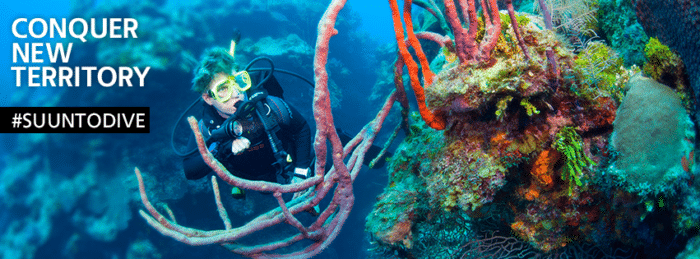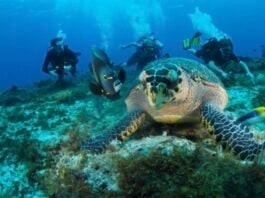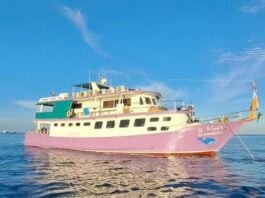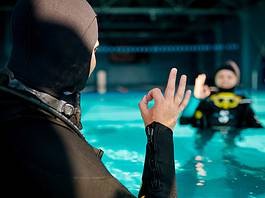Stunning scenery, bright colors, carnival, culture and unbelievable sights are the things that come to mind when thinking about ‘Brazil,’ however, there is so much more to discover under the surface. Brazil has more than 7490km of coastline and with that comes dive sites in abundance.
Brazil is famous for its wreck dives and healthy, vibrant reefs which stretch from Recife to Sarambe in the northeast of Brazil, to the stunning rocky, crystal clear dive sites found around Bombinhas, in the south.
The waters surrounding and within Brazil are teaming with life, from Whales, Manta Rays, and beautiful reef life, there is so much to explore. However, if you’re feeling more adventurous, why not travel inland and experience the freshwater cave and cavern dives as well as diving within the immense Amazon River and experience the infamous Pink Dolphins?
Location
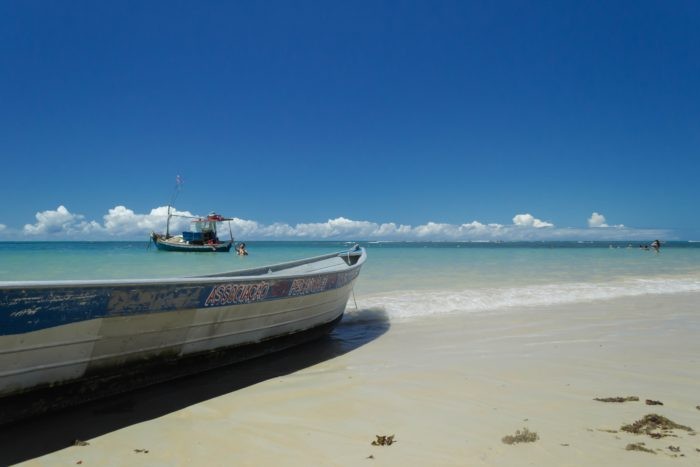
Top 6 Dive Sites Brazil
The Florida
With over 100 vessels peppered across the ocean floor around Brazil, this place is a wreck divers paradise. The Florida was, in a previous life, a steam-powered tug that now sits 33m under the surface and is covered with beautifully colored corals and sponges. The visibility in this area is usually excellent and stretches as far as the eye can see. This wreck is not to be missed when traveling to Brazil.
Maragogi
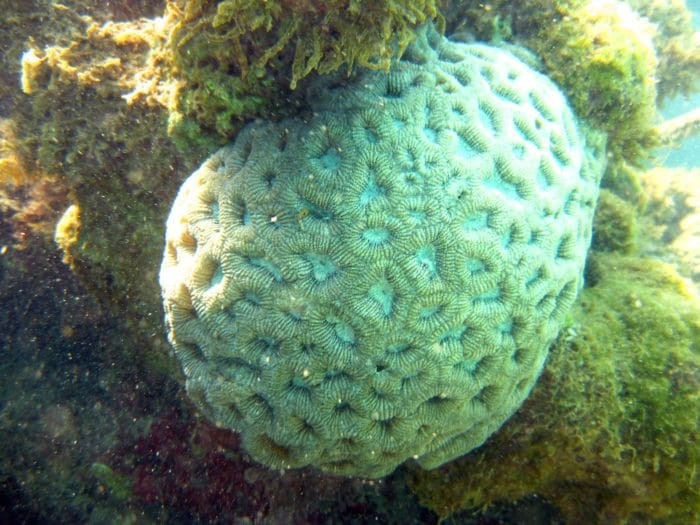
Maragogi is the ‘jump in’ point, which provides access to Brazil’s Coral Coast. With over 13miles of stunningly beautiful beaches, which surround a vast tropical lagoon, filled with crystal clear waters, there is so much to see at this dive spot. Reef diving here is ‘perfect’ and divers who travel to this area are never let down. This is also a great location if you’re traveling with non-divers, as snorkeling here is fantastic. The long stretch of coastline also provides the perfect place for relaxing and soaking up the sun.
Laje De Santos
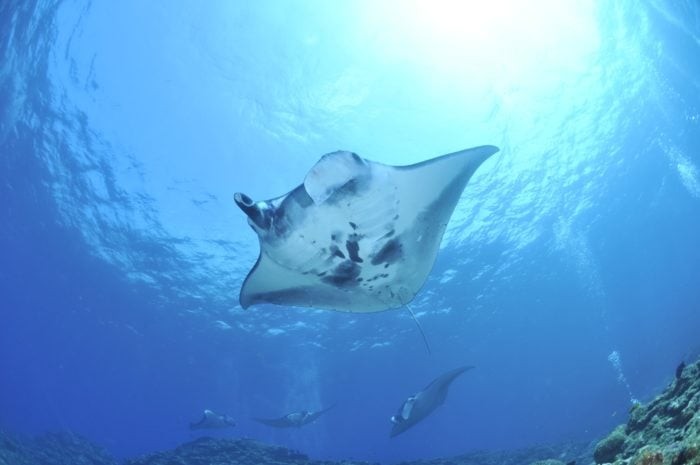
Laje De Santos is a Marine Park located just off the coast of Sao Paulo in the South of Brazil. This is an extremely popular and well-known dive site for the sheer number of Manta Rays and Turtles that frequent the area. There are a number of dive sites dotted throughout Laje De Santos Marine Park. Moreja was a fishing boat that was purposely sunk in 1995 in order to attract marine life as well as divers to the area. Located on the east side of the marine park, this is not a dive to be missed. To the west of Laje De Santos is a slightly deeper dive, so it’s not suitable for the newbies. Anchor Ledge consists of a number of anchors from fishing boats that have been lost amongst the rocks. This dive site is known for large Groupers as well as pelagic fish.
Sao Pedro and Sao Paulo
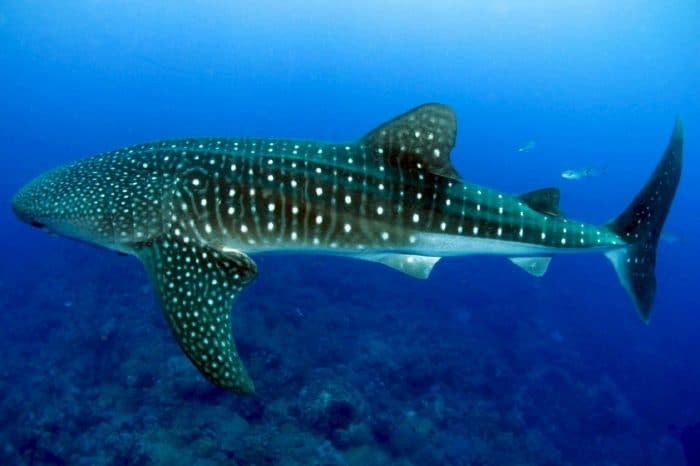
Sao Pedro and Sao Paulo form part of a small oceanic archipelago, isolated from mainland Brazil and surrounded by clear blue ocean. Situated in the equatorial mid-Atlantic Ridge, this group of islands is a haven for large pelagics including sharks, which use this area as a pit-stop on their migration routes. The best time to dive in this area is from January to June. Additionally, keep a look out for the many Whale Sharks that swim through this area around this time of year.
Ilha Rasa
Ilha Rasa is a small island located offshore from Rio de Janeiro. This island is home to a number of fantastic dive sites that start approximately 8m below the surface and descends to around 40m. With beautiful, colorful coral formations and endless marine life, this diving location is ideal for all levels of diver. Be sure to check out the Buenos Aires and Galeao wrecks that are close by.
Victory 8B Wreck
This wreck dive is famous for being one of the first artificial reefs to be created in Brazil. Victory 8B began its life as a Greek cargo ship, which was arrested for debt in 1997. In 2003, the vessel was scuttled off the coast of Espirito Santo. Situated at a depth of 34m, this is a deep dive and may require a separate kind of travel insurance, so make sure you speak to your broker before traveling. Home to incredible marine life, this wreck dive is one not to be missed off your list.
Fernando de Noronha
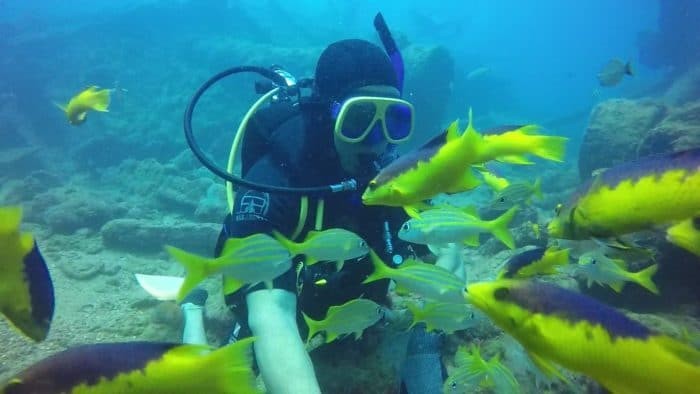
Some of the best diving in the area is found 220miles off the northeast coast at Fernando de Noronha. Fernando de Noronha is a mountainous archipelago comprised of 21 individual islands with hardly any inhabitants. This area was classed as a UNESCO world heritage site as well as a national park in 2001 and is home to warm, crystal clear waters, caves, swim-throughs, tunnels, caverns, spectacular topography and beautiful rock formations all of which are surrounded by large numbers of reef fish as well as large Pelagics. The waters in this area are rich and play a vital role in feeding Tuna, Shark (including Hammerheads), Billfish and larger marine animals. Best time to visit this archipelago is from September to October when the visibility is excellent at around 40m.
There are so many incredible dive sites throughout Brazil, so if you know of one that hasn’t been mentioned in this article, let us know about it in the comments below.
Brought To You By
This guide is brought to you by Suunto. We recommend that you use a Suunto Dive Computer when diving one of these dive sites. Suunto is the world’s leading dive computer designer and manufacturer providing diving instruments for recreational, technical and freediving. You can find out more at Suunto.com.
